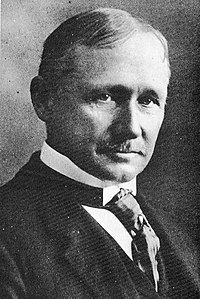From the many theories explained in lecture and discussions during tutorial, the following two examples in particular aided my understanding of two approaches’ emphasis upon human needs at the workplace.
The Human Relations Approach:
Abraham Maslow’s Theory of Needs
According to Maslow’s theory, individuals have five basic needs that need to be fulfilled:
Physiological needs: this involves the basic needs for survival; food, water, shelter, living wages
Safety needs: the ‘desire to be free from danger and environmental threats’ Miller (2009) Forinstance, a conducive working space and condition.
Affiliation needs: is done by establishing social and casual relationship with colleagues in order to fulfill “romantic needs”
Esteem needs: when an individual seeks to feel respected, appreciated and a sense of accomplishment.
Need for Self-Actualization: desire to discover one’s ultimate potential and ‘become everything that one is capable of becoming’ Maslow (1943)
Heylighen (1992) explains that a lower need is “urgent” and vital to be satisfied ‘before a higher need can take over’ For example, if an employee’s basic needs of adequate salary and a proper working space; the employee will be frustrated and will not fulfill the higher need of social relationships within the organisation.
The Human Resources Approach:
Blake and Mouton’s Managerial Grid (1964)
Blake and Mouton’s Managerial grid, is a tool designed to guide leaders on enhancing their leadership skill and improving organsational efficiency.
The grid provides a postulation that leaders who have ‘concern for people and concern for production’ Miller (2009) are more effective.
Following the group discussion and tutorial presentation, greater understanding was acheieved when my group applied the grid into the ‘Teamwork at Marshall’s Processing Plant‘ case study.
At Marshall, the manager induces the cooperation of his employees by offering a combination of reward and penalty (when necessary) in order to maintain employee satisfaction at an optimum level. This is known as the Team Management category where the leader looks after the people and the production. However, this strategy was ineffective as the leader resorted back to the Authority Compliance stage as employees began to take advantage of his concern and complaint about their dissatisfaction.
As the Human Resource theory urges leaders to have more concern over their people; it is also important for them to be more open to feedback and criticism; if the manager of Marshall welcomed feedback positively, the Human Resource theory would be effective in the organisation.
References
Heylighe, F 1992, ‘A Cognitive-Systemic reconstruction of Maslow’s theory of self-actualization’, Behavioral Science, vol. 37, pp 39-57
Maslow, A 1943, ‘Maslow Hierarchy of Needs Theory’, USA
Miller, K 2008, Organizational Communication: approaches and processes, 5th edn, Wadsworth Cengage Learning, Boston, MA.




















